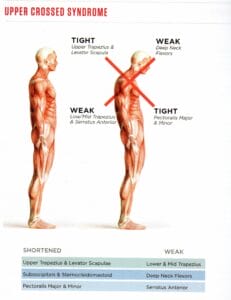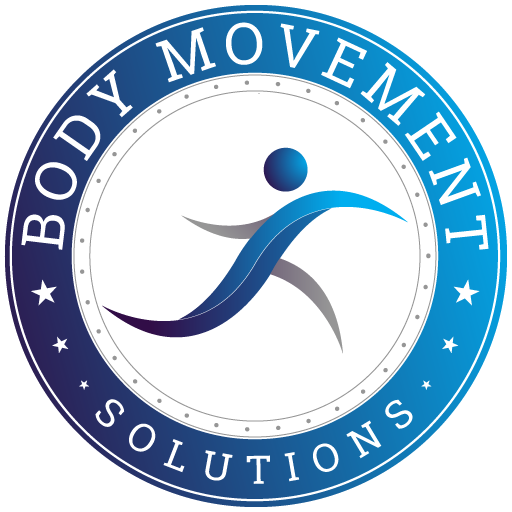You’re looking for speed and power in your golf swing. Did you know you should start by fixing your golf posture?
For many players, simply telling them to stop rounding their shoulders or straightening their spine will not make a significant change and can be detrimental to their golf swing regarding their golf posture.
When we do golf movement screening with an athlete, we refer to this postural shape as C-Posture in their golf setup. C-Posture is best confirmed by screening you using the Overhead Deep Squat Test, the Lat Test, the Toe Touch Test, and the Reach Roll and Lift Test.
C-Posture occurs when your shoulders and thoracic spine are slumped forward at address, and there is a definitive roundness to your back from your tailbone to the back of your neck, which looks like the letter “C.” This posture can limit your rotational ability by dramatically reducing thoracic spine mobility. If you fail to correct your positioning, this will result in a slower rotation of your golf swing, and it will manifest in how far you’re able to hit the ball.

These muscle imbalances are collectively called Upper Crossed Syndrome
The term Upper Crossed was coined by Dr. Vladimir Janda, as he saw the same pattern of muscle imbalances on so many people.
Rounded shoulders and forward head posture characterize individuals with Upper Crossed Syndrome. This pattern is typical in individuals who have a sedentary lifestyle, lack variable movements in their daily activities, or have experienced prolonged static postural stress due to sitting, standing, or walking in distinct ways over long periods.
The most significant joint restriction seen in the C-Posture is the lack of thoracic spine extension (limiting backward bending of the upper back).
As it relates to your golf swing, the lack of extension of the mid and upper back can lead to a severe loss of spinal rotation, limiting your ability to create a satisfactory backswing turn and limiting your power in your golf posture.
Functionally tightened muscles include pectoralis major, pectoralis minor, subscapularis, latissimus dorsi, levator scapulae, upper trapezius, teres major, sternocleidomastoid, and scalenes. Functionally weakened or inhibited muscles include the rhomboids, lower trapezius, teres minor, infraspinatus, serratus anterior, and deep cervical flexors.
You may sustain a potential injury such as rotator cuff impingement, shoulder instability, biceps tendonitis, thoracic outlet syndrome, and headaches.
Studies by the chiropractic community have found a direct relationship between the C3 (cervical/neck) vertebra and that of the L3 (lumbar/low back) vertebra. In other words, any forward migration of your head and cervical vertebra will usually be followed by a commensurate anterior migration of the lumbar spine and pelvis. In other words, you may experience a very pronounced arch in the low back that pushes the belly forward.
Upper crossed syndrome may influence the posture of your lower back and pelvis, which is due to the “Pelvo-Ocular Reflex.” This is a neuromuscular response of the pelvic girdle and lower extremity, which orient your body in response to the position of your head, as well as anticipatory visual reference cues. It is theorized that your head position affects your pelvic position. As your head migrates forward, your pelvis reflexively moves anteriorly to readjust your center of gravity. This movement of the pelvis with accompanying forward head migration can lead to low back pain, illustrating how a forward head posture could lead to dysfunction and pain in different body regions.
The C-Posture swing characteristic can also be caused by the following:
- Lack of proper instruction; not understanding the correct setup and posture
- Lack of pelvic tilt or lack of hip hinging causes the upper body to bend while addressing the ball
- Clubs that are too short
- Standing too far away from the ball
- A grip that is too much in the fingers of both hands
Book time to get a Golf Swing Assessment


